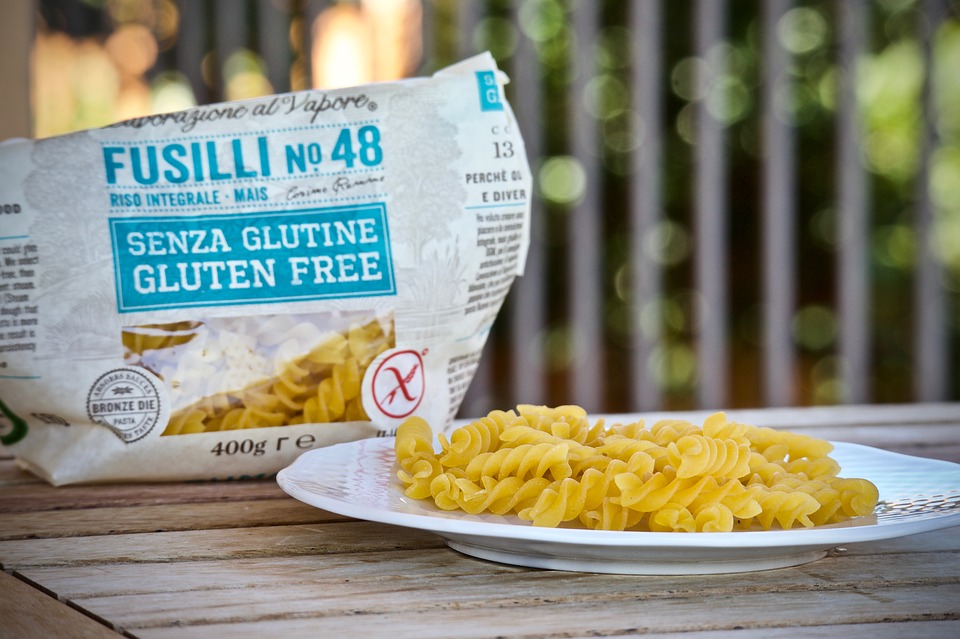
The gluten-free diet is a regimen that avoids gluten, a protein found in wheat, oats, barley, and rye, which is also found in other products like medicines, vitamins, or supplements. In general, adaptation to this diet is made for medical reasons, such as celiac disease, sensitivity to non-celiac gluten, wheat allergy. You can also follow a gluten-free diet as a weight-loss measure, although in this case, it is not indicated due to the health consequences it may have.
What Is Celiac Disease?
Celiac illness is a digestive disorder that damages the small intestine and interferes with the absorption of minerals, vitamins, and other nutritional elements from food.
Patients with celiac disease are not able to tolerate gluten, a protein found in cereals. When these people eat foods that include gluten, their immune system reacts and damages the small intestine’s lining.
Sensitivity to Non-Celiac Gluten
Non-celiac gluten sensitivity is a multi-symptomatic condition that generally improves when a gluten-free diet is adopted after celiac disease and wheat intolerance has been eliminated.
Wheat Allergy

Wheat allergy is often a strong medical motive to follow a gluten-free diet.
Gluten-Free Diet
Several celebrities have advocated this type of regime. Still, experts do not recommend this type of diet as a healthier form of eating or weight loss because of its potential adverse effects on health.
Symptoms of Gluten Intolerance
In children, symptoms include diarrhea, vomiting, nausea, underweight or delayed growth, making gluten allergy easily detectable.
In contrast, adults usually have more subtle signs like anemia, weight loss, mild diarrhea, or constipation. Additionally, they can also show signs including a tendency to nosebleeds or bruising, itchy skin, fatigue, hair loss, mouth ulcers, muscle cramps, lack of menstruation, or intolerance to other ingredients, for example, lactose.

What Can You Eat Without Gluten?
Although it is difficult to follow a gluten-free diet, you can still have many food options! Eat a variety of fruits and vegetables, low-calorie dairy products (those that do not contain gluten additives), beans, eggs, peanuts, lean meats, chicken, and fish.
There are many healthy whole grains and starchy carbohydrate foods that are gluten-free:
Amaranth (Kiwicha)
Arrowroot
Beans (red, black, white, pinto, etc.)
Black wheat
Corn (look for pure corn tortillas)
Linseed
Gluten-free products (based on corn, rice, soy, peanuts, potato flour)
Kasha
Millet
Potatoes (sweet potatoes are the best)
Quinoa
Rice
Sorghum
Soy
Tapioca
How to Follow a Gluten-Free Diet?
- It would be best if you permanently eliminated from your diet everything that contains wheat, oats, barley, rye, spelling, Kamut, triticale, and products derived from starch, flour, bread, pasta, etc.
- Foods that are good for celiac disease and that you can eat without any problem since they do not initially contain gluten are: meat, fish, eggs, milk, gluten-free cereals, legumes, tubers, fruits, vegetables, fat, groceries, and sugar.
- It is advisable to consume fresh meat without marinating, smoking, breading, or garnishing.
Your meat must be cut for the moment; it is better to avoid hamburgers and meatballs already prepared. - As for preserved foods, the healthiest is to use natural fish or fish in oil and avoid those sold in brine or with sauces.
You may find it challenging to eat out when following a gluten-free diet. Try to find restaurants in your area that offer gluten-free diets. Some restaurants have gluten-free menu sections or may have an ingredient list on their website. If you plan to go to a wedding, eat out or go to another place where food is provided, always call ahead to find out what your options are. Consider bringing your snacks and foods with enough carbohydrates for the entire day whenever needed.
If you already started or tried the gluten-free diet, don’t forget to share your experience in the comment section below.



